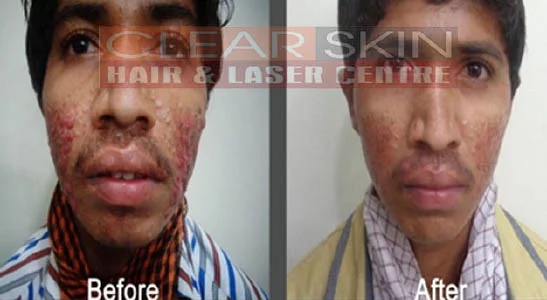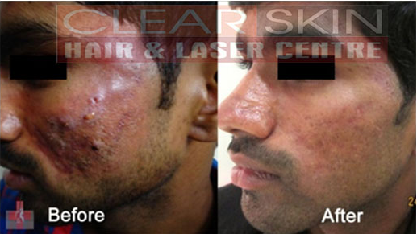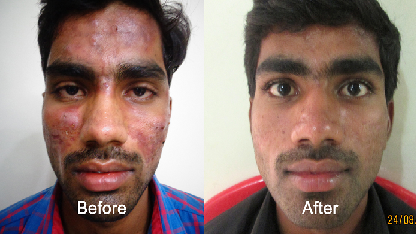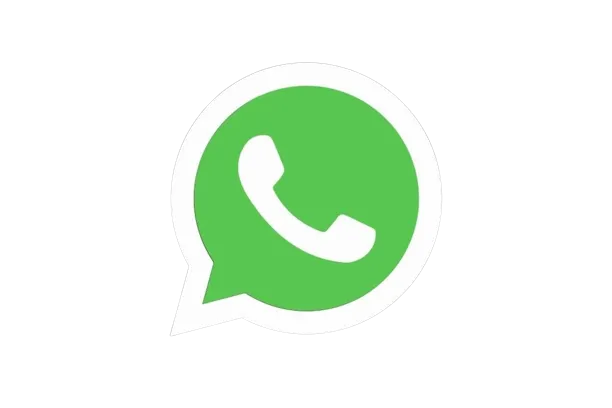Acne is the most common, difficult, and unsightly problem of teenagers and adulthood, which usually subsides with time, but in some persist for a longer time and subsides with severe scars(disfigurement) leading to social embarrassment and or psychological problems.
Acne is commonly called pimples usually occur on the face, neck, back, and shoulders and individuals may present clinically with different severity of involvement for acne treatment
Mild Acne: Clogged pores such as blackheads and whitehead
Moderate Acne: also called pimples, and include papules and pustules.
Severe Acne: Nodulocystic acne is classified as severe acne and on healing leaves around permanent scars on the face
If you suffer from resistant acne called severe acne or recurring acne it better to consult a dermatologist at the earliest for medical intervention or effective treatment. Early treatment can prevent aggravation and scarring that might be impossible to treat.
Acne treatment depends upon the severity of acne, age, and cosmetic concern. There are many acne treatments modalities which dermatologist been practicing successfully and help you in:
The conventional medication include topical and oral medicines
In case of mild acne or pimple treatment, dermatologist prescribe topicals in the form of cream, lotion or gels and has been popular over decades in the treatment of any acne such as benzoyl peroxide, retinoids, clindamycin and suggested as the best acne treatment.
These medicines help unplug your pores and also kill the bacteria and facilitate antibiotics to work better.
Oral medication is advised with or without topical medicines to enhance the results in case of chronic or persisting acne. However for common acne problems topical acne cream treatments are the first prescribed by dermatologist and can have assured results for acne spot treatment.
Antibiotics are useful in controlling bacterial infection and reducing inflammation and are advisable to be used for a short duration to avoid bacterial resistance. The commonly prescribed oral antibiotics include tetracyclines (minocycline, doxycycline) and macrolides such as erythromycin or azithromycin.
This is the first-line of treatment for severe acne and works immediately reducing the sebum flow by inhibiting the active sebaceous glands, which is the main culprit in initiating the formation of acne. Due to its potential adverse effects in childbearing age groups needs dermatologist supervision.
Acne over the lower part of the face such as mandible area due to hormonal fluctuations known as Hormonal acne; oral contraceptive pills containing a low level of estrogens and progesterone hormones can be used for a period of six months to suppress sebum production.
Orally spironolactone can block the male hormone; androgen, which is responsible for increasing sebum production.Interventional procedures such as chemical peeling, low-level laser therapy, and energy based devices or acne laser treatments are considered to be the best acne treatment options for resistant or severe acne not responding to above-mentioned medications.
Dermatologists use a strong chemical solution to the skin, which is overtime, peels the top layers of the skin, and even blocked clogs or blackheads, which may help some time.
Dermatologist, by using sterilized equipment do extraction of blackheads or whiteheads to prevent further acne growth.
Here it is exposed to controlled pulses of red or blue low-level laser light. It works by shrinking the sebaceous glands, which in turn reduces sebum production and kills the bacteria, thus minimizing the severity of acne lesions. Though it requires multiple sessions; it’s popular, safe and quite effective to resolve acne problems.
Here we use an agent called cryogen usually liquid nitrogen is used to control acne. In this process, cryogen is used to effectively dry up pimples and oily skin, in turn tightening the pores in the skin. This treatment helps in cooling down the superficial skin to a graded degree by applying liquid nitrogen. The treatment is painless and requires no anaesthesia.
Intralesional injection of the corticosteroid like triamcinolone into a cyst can help reduce inflammation and prevent scarring. After the injection, the acne cysts will usually shrink and improve over several days. It is essential to be used in conjunction with other treatments to treat the actual infection in the cysts.
If the cysts are large and painful, it may need to be open with a small incision and drain out the infected fluid. This is the best effective procedure is quick and painless, need to be done under aseptic condition.
This acne laser treatment (link) reduces bacterial growth and over-active sebaceous glands, thereby reducing inflammation (skin redness), scarring and skin discoloration. Here are the following acne laser treatments for pimples available at Clear Skin Centre
It is safest, effective, and has FDA clearance for the treatment of acne. It works by releasing Yellow-Green-Red light that is emitted in a series of short pulses that destroy the bacteria and directly target the overactive sebaceous glands that cause pimples.
The laser light is derived from its capability to penetrate deep into the skin to thermally and selectively destroy overactive sebaceous glands and reduce acne inflammation.
It even accelerates the healing process and stimulates collagen remodelling thereby improving acne scars too. Hence, the Long pulse is a safe, effective, and well-tolerated treatment with long term results and no side effects.
This is the most advanced laser technology used to treat acne. The energy from this laser is safer to the skin and more effective on the pimple and red acne scars.
| DO | DON'T |
|---|---|
| Do gently wash your face 2-3 times a day with a mild cleanser. | Don’t touch, pick, pop or squeeze, as your finger carry bacteria. |
| Do use only water-based moisturizers to keep the skin soft, smooth and hydrated | Don’t smoke and drink alcohol. |
| DO: Stay hydrated, drink adequate water | Don’t eat foods with processed fat. |
| Do keep your fingers and hands away from your face | Don’t use excessive make-up products |
| Do eat plenty of fiber rich foods | Don’t scrub your skin too roughly |
| Do shampoo your hair often. | Don’t forget to wash off your make-up before sleep |
| Do exercise regularly | Don’t ignore the severe acne, early treatment can prevent aggravation and scarring |
| Do change your pillowcases and towels frequently | Don’t ignore the dandruff, if present should be treated |
| Do keep a check on your medicine for other illness, may aggravate | Don’t use oil based sun-screen or skin care products |



